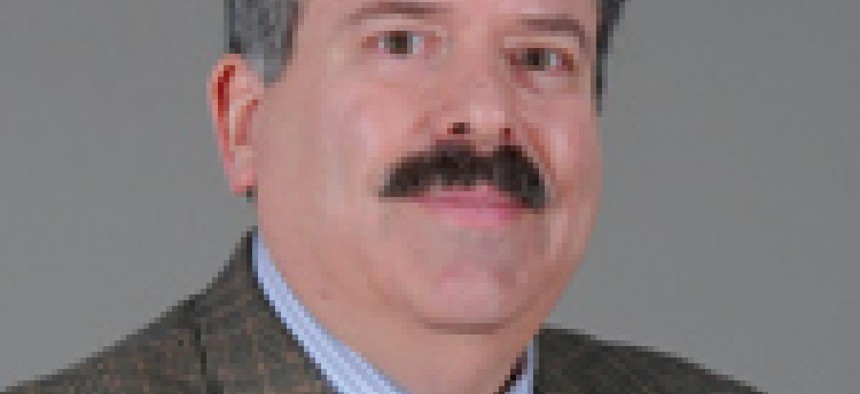IBM's chief innovator peers into the 21st century

Bernard Meyerson, IBM's vice president for innovation, connects the company's first 100 years to where IBM is headed.
Bernard Meyerson is IBM’s vice president for innovation. He also is responsible for the IBM Academy, a self-governed organization of about 1,000 senior technical leaders from across the company. In 2001 Meyerson was appointed chief technologist of IBM’s Technology Group, and in 2003 he assumed responsibility for IBM’s global semiconductor research efforts. Meyerson's innovation efforts have earned him many awards including “Inventor of the Year” by the New York State Legislature in 1998, “Distinguished Inventor of the Year” by the IP Law Association and the Patent and Trademark office in 1999, and “Inventor of the Year” by the New York State Intellectual Property Lawyers Association in 2008.
To mark IBM’s centennial year, he spoke with Associate Editor David Hubler about innovation and how it will shape the future. Here are some excerpts.
WT: What is it about IBM that has made it so successful for so long?
Meyerson: It’s cultural not just technical. There’s a very personal aspect to the IBM culture that still make it a remarkable place to work. Even as a very junior person 30 years ago, I was able to reach out to the most senior people and get input from them. You can’t just order someone to be an innovator. But here you wind up becoming part of a culture where there are such amazingly bright people that [innovation] is contagious. We actually had to put pens and paper in the cafeteria because these “jam sessions” would get going and it’s difficult to write on napkins. The really great stuff comes not only from an “Aha!” moment but from sitting around the table with 17 people.
WT: What is IBM doing to ensure that its second century will be as successful as its first?
Meyerson: We’re going from being in the typical situation historically of taking a lot of data, storing it and then acting upon it reactively to a company now that is building out very highly sophisticated models of what the future looks like and acting proactively so as to be able to improve the future rather than be a victim of it. That is an extraordinary change.
WT: How is this being done?
Meyerson: This has been enabled by the ability to take data in at a massive rate, organize it effectively and then use it not just to understand the past but, more importantly, to predict and improve the future.
WT: Can you give us an example of the value of this work?
Meyerson: If we examine the major traffic patterns in a global city and we actually build models saying that if at this time of day this many cars at a place are going at this velocity, and we look at how the remainder of the day evolves, we can build a model that tells you what the traffic will look like 20 minutes from now based on what you see at this moment. That tells us whether there will or won’t be a traffic jam at a specific location and we can then alter the flow of traffic to prevent that jam from ever occurring.
WT: Among IBM’s best known new innovations is Watson, the sophisticated computer that went on the TV quiz show “Jeopardy.” What was that all about?
Meyerson: The notion of a natural Q&A with an automated entity like the Watson machine is something that was science fiction just 15 years ago. The idea that you can actually do that in natural language with puns, that is a foundational shift. You’ve basically taken a combination of natural language interaction with artificial intelligence and data mining and rolled it all up into something that could be a game changer. We picked “Jeopardy” because it has a very arcane structure; it has very unusual questions that might have puns in them. Watson is not a piece of hardware or a piece of software. It is an incredibly innovative solution to a problem that people have been working on for 50 years.
WT: What innovation is on the drawing board for the next decade or two?
Meyerson: Big data. It’s an opportunity of a lifetime for the scientific and technical business communities. The idea is to be able to extract knowledge from vast amounts of unstructured data from a multitude of sources, including social media. You could basically spot a pandemic coming because you’ll see an uptick in the number of calls on social media for treatment of a particular symptom. Things like that are breakthrough [technology] – and it’s just starting. It’s not science fiction, it’s science.